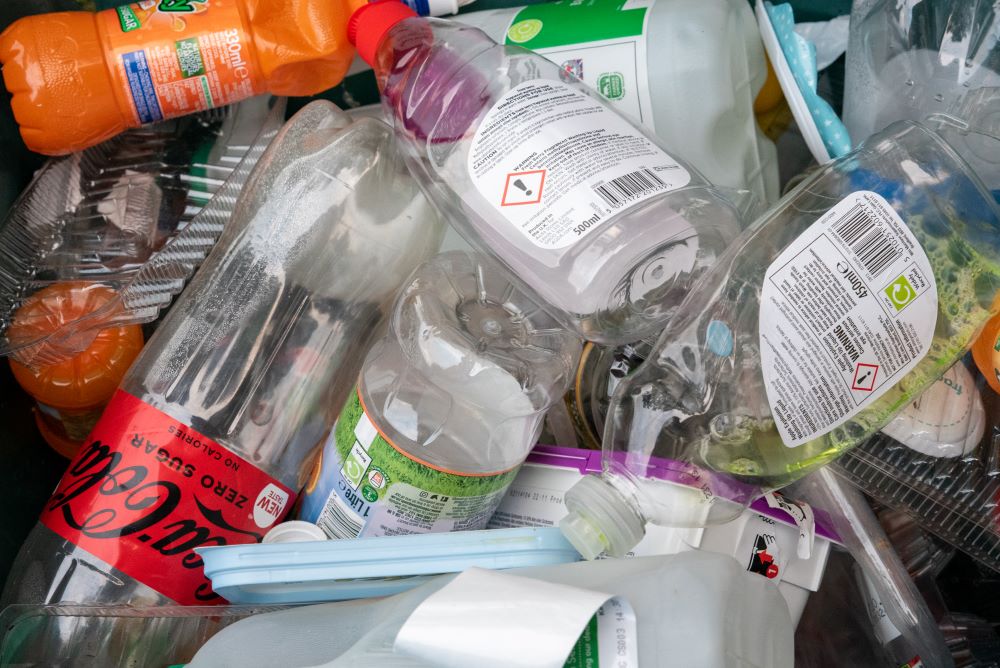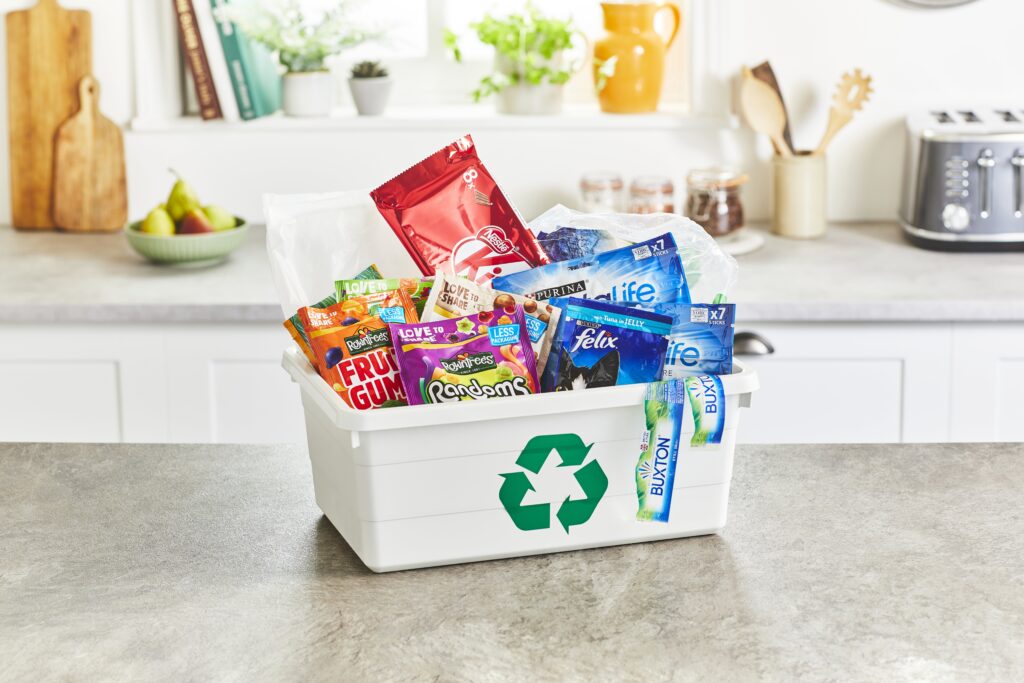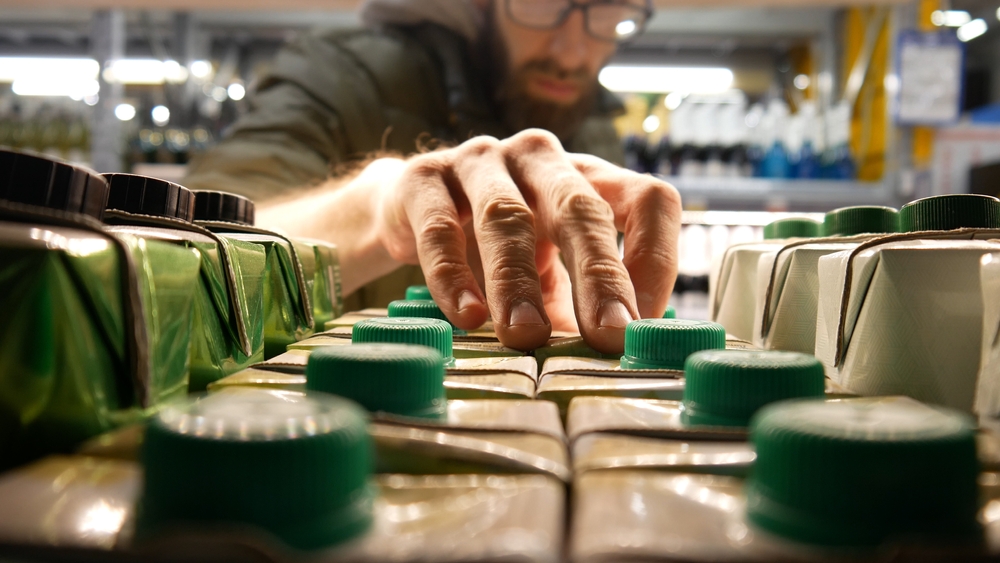Compared to the first two quarters of 2003, the performance of the domestic plastics packaging waste recovery sector has dropped by almost 50%. This could be the result of a number of factors including the fact that 27 reprocessors – thought to include a number of plastics reprocessors – have not yet submitted their data to Defra.
Other factors include the closure of several plastics reprocessors in the last twelve months and the reduction in fraudulently issued packaging waste recovery notes (PRNs) following Defra's investigation into the issue earlier this year.
In the other materials, domestic steel packaging recovery seems to have increased well – by 30% in the second quarter on the same period last year. Domestic glass and aluminium packaging recovery has increased by 1.8% and 4.9% respectively. But there have been drops in performance by the paper (-6.6%), wood (-10%) sectors compared to the first quarters of 2003.
Overall, the performance of the domestic recovery sector in the second quarter was down by 7.3% on the same period last year.
Exports of packaging waste for recycling rose sharply in all materials except wood and aluminium in the second quarter of the year compared to the same period in 2003. Overall, there was a 48% increase in the amount of packaging waste exported for recovery in quarter two compared to the same quarter in 2003. This follows a 16% increase in exports seen in the first quarter compared to that period in 2003.
See table below for the full statistics:
2003 (t) |
2004 (t) |
Change (2003-4) |
||||
| Domestic: | ||||||
| Aluminium | 6,723 | 6,165 | 7,387 | 6,467 | +10 | +4.9 |
| Glass | 185,302 | 194,898 | 251,169 | 198,477 | +36 | +1.8 |
| Paper | 500,555 | 505,294 | 456,176 | 472,012 | -9 | -6.6 |
| Plastic | 72,849 | 88,591 | 45,659 | 45,003 | -37 | -49 |
| Steel | 31,203 | 26,194 | 38,372 | 34,029 | +23 | +30 |
| Wood | 209,552 | 209,604 | 200,413 | 187,489 | -4 | -10 |
| Total recycling | 1,006,184 | 1,030,746 | 999,176 | 943,477 | -1 | -8.5 |
| Energy recovery | 134,361 | 145,068 | 136,882 | 146,490 | +2 | +0.9 |
| Domestic total | 1,140,545 | 1,175,814 | 1,136,058 | 1,089,967 | 0 | -7.3 |
| Export: | ||||||
| Aluminium | 1,559 | 1,799 | 2,010 | 1,563 | +29 | -13 |
| Glass | 15,000 | 21,646 | 33,975 | 41,580 | +126 | +92 |
| Paper | 117,174 | 92,259 | 144,525 | 142,787 | +23 | +54 |
| Plastic | 28,640 | 24,183 | 32,233 | 35,024 | +12 | +44 |
| Steel | 55,642 | 39,866 | 41,869 | 46,920 | -25 | +17 |
| Wood | 247 | 319 | 172 | 140 | -30 | -56 |
| Export total | 218,262 | 180,072 | 254,784 | 268,014 | +16 | +48 |
| Total reprocessing | 1,358,807 | 1,355,886 | 1,390,842 | 1,357,981 | +2 | +0.15 |
(Source: letsrecycle.com calculations based on DEFRA packaging waste recovery figures)
It must be stressed that using only the data from the first two quarters of the year to calculate projections for the rest of the year will not take into account seasonal fluctuations in recovery. However, by annualising the reprocessing figures (adding the first two quarters together and multiplying by two), some idea of the availability of PRNs this year can be found.
Comparing such a calculation to estimates of the amount of recycling that will be required this year under the Packaging Regulations, it appears that paper and wood PRNs will be in large surplus – as expected by the sector. These PRNs are likely to be used by obligated businesses and compliance schemes towards the overall recycling and recovery targets, however.
Glass PRNs would appear to be in slightly more healthy supply this year than previous predictions suggested, after a 36% increase quarter-on-quarter in the first quarter of 2004.
However, the availability of aluminium and steel PRNs would seem to be very near demand levels, while there could be some difficulties in getting hold of plastic PRNs without an increase in reprocessing in that sector. Plastic PRN prices could therefore see a rise in value in the near future.
As the table below shows, the overall situation would appear to show a 123,000 tonne surplus in the PRN market – PRNs that perhaps might be carried over from December 2004 into January 2005. If this carry over is 123,000 tonnes in size, it would be much smaller than the 300,000 tonne carry-over seen at the beginning of this year.
2004 (t) |
PRNs Available |
targets 2004 |
surplus of PRNs |
|||
| (Domestic + export) | ||||||
| Aluminium | 9,397 | 8,030 | 36,841 | 34,756 | + 2,085 | |
| Glass | 285,144 | 240,057 | 1,105,374 | 938,792 | +166,582 | |
| Paper | 600,701 | 614,799 | 2,584,717 | 2,176,140 | +408,577 | |
| Plastic | 77,892 | 80,027 | 332,071 | 369,300 | -37,229 | |
| Steel | 80,241 | 80,949 | 342,230 | 343,891 | -1,661 | |
| Wood | 200,585 | 187,629 | 821,608 | 146,993 | +674,615 | |
| Total recycling | 1,253,960 | 1,211,491 | 5,222,841 | 5,099,369 | +123,472 | |
| Energy recovery | 136,882 | 146,490 | ||||
| Recovery total | 1,390,842 | 1,357,981 | 5,545,448 | 5,421,976 | +123,472 | |
|
(Source: letsrecycle.com calculations based on DEFRA packaging waste recovery figures)
Notes on this table: Estimated PRNs available in 2004: – calculated by annualising Q1 and Q2 reprocessing figures and adding the carry-over of December 2003 PRNs (just over 325,000 tonnes in total) into January 2004. Tonnage targets 2004: Material specific tonnage targets published by Defra July 22, but subject to revision. These are based on reported obligations and the business targets set for 2004. The total recycling and recovery targets in this column were published by Defra on August 16, and are based on the 94% minimum recovery through recycling requirement. Potential surplus of PRNs in 2004 – this is calculated as PRNs available minus Tonnage Targets. While there appears to be a large surplus of paper and wood PRNs, these material PRNs are likely to be used towards the total recycling and recovery targets.
Energy recovery – By annualising the Q1 and Q2 reprocessing totals for energy |
||||||










Subscribe for free